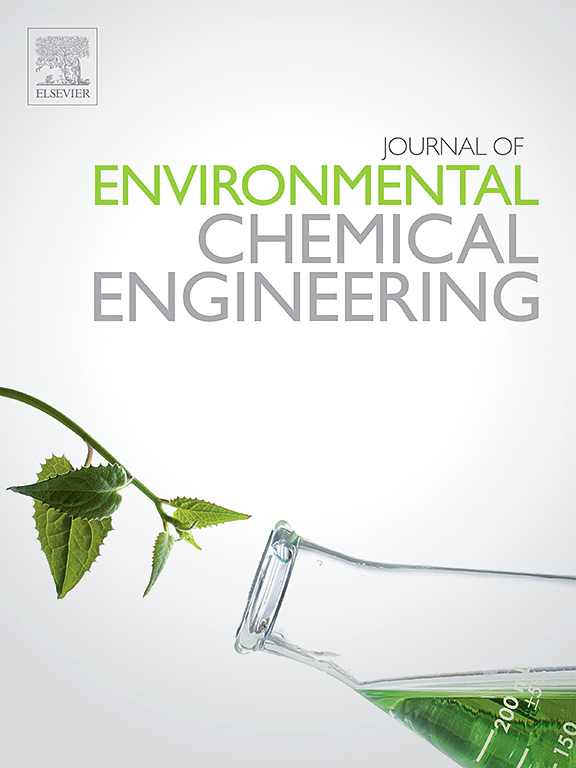A critical review on emerging photothermal-photocatalytic materials composed of g-C3N4 for energy production and environmental remediation
IF 7.4
2区 工程技术
Q1 ENGINEERING, CHEMICAL
引用次数: 0
Abstract
In the recent decade, the utilization of renewable, abundant, free-cost, and inexhaustible sunlight for the energy conversion aim has attracted tremendous research attention. In this regard, solar-to-heat conversion has exhibited high potential to be implemented for improving photocatalytic performances towards pollutants degradation, microorganism inactivation, H2 evolution, as well as carbon dioxide reduction. This proposed a promising avenue to provide novel vitality into water remediation and energy generation, resulting in the development of solar-enforced processes. Therefore, it is vital to pave and discuss the recent achievements and issues in this multi-disciplinary field. In this review paper, the photothermal-photocatalytic materials composed of graphitic carbon nitride (g-C3N4) will be overviewed. Moreover, the applications of g-C3N4-based materials in different areas, including water remediation, microorganism inactivation, and solar-driven energy generation will be discussed and summarized. Additionally, the challenges/perspectives related to the cutting-edge researches and efficient applications are highlighted. This review paper can propose deep insights to more development of the solar-driven wastewater treatments and employing photocatalytic processes for solar-energy conversion. In spite of many attempts in the integrated photothermal-photocatalysis researches, there are still a significant number of gaps for further deep-insight researches to address the required characteristics of the employed materials in the field of photothermal-photocatalysis processes.
求助全文
约1分钟内获得全文
求助全文
来源期刊

Journal of Environmental Chemical Engineering
Environmental Science-Pollution
CiteScore
11.40
自引率
6.50%
发文量
2017
审稿时长
27 days
期刊介绍:
The Journal of Environmental Chemical Engineering (JECE) serves as a platform for the dissemination of original and innovative research focusing on the advancement of environmentally-friendly, sustainable technologies. JECE emphasizes the transition towards a carbon-neutral circular economy and a self-sufficient bio-based economy. Topics covered include soil, water, wastewater, and air decontamination; pollution monitoring, prevention, and control; advanced analytics, sensors, impact and risk assessment methodologies in environmental chemical engineering; resource recovery (water, nutrients, materials, energy); industrial ecology; valorization of waste streams; waste management (including e-waste); climate-water-energy-food nexus; novel materials for environmental, chemical, and energy applications; sustainability and environmental safety; water digitalization, water data science, and machine learning; process integration and intensification; recent developments in green chemistry for synthesis, catalysis, and energy; and original research on contaminants of emerging concern, persistent chemicals, and priority substances, including microplastics, nanoplastics, nanomaterials, micropollutants, antimicrobial resistance genes, and emerging pathogens (viruses, bacteria, parasites) of environmental significance.
 求助内容:
求助内容: 应助结果提醒方式:
应助结果提醒方式:


